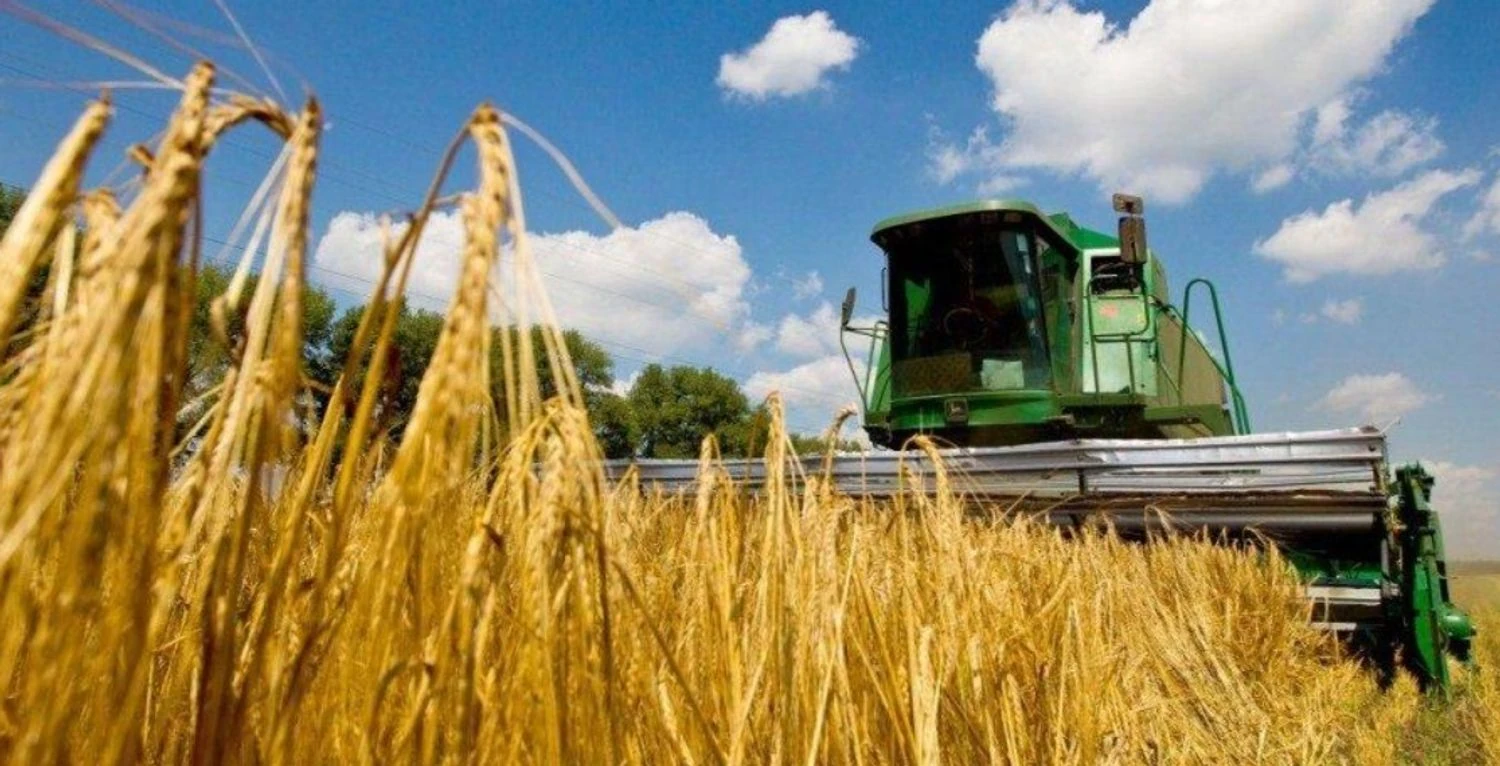“National Bank lowered the forecast for most crops: what influenced itThe National Bank lowered the forecast for grain and leguminous crops to 57.9 million tons, and oilseeds to 21.0 million tons in
2025. The reasons were unfavorable weather conditions, in particular spring frosts, and the slow expansion of sown areas.
”, — write: unn.ua
This is stated in the National Bank’s July inflation report, as reported by UNN.
Situation regarding agricultural crops
Unfavorable weather conditions, climate change, and slow expansion of sown areas led to a reduction in the harvest forecast for most crops over the forecast horizon.
It is noted that weather conditions in the spring of 2025 turned out to be unfavorable for harvests.
Spring frosts covered a significant part of the country’s territory, especially damaging winter crops, fruit and berry crops, and vegetable crops. Reseeding damaged winter crops with spring crops will only partially compensate for the losses. Therefore, the estimated harvest of grain and leguminous crops in 2025 has been reduced to 57.9 million tons, and oilseeds to 21.0 million tons (in the April forecast – 61.7 million tons and 22.0 million tons, respectively).

The National Bank forecasts that in 2026–2027, harvest volumes will gradually increase due to the normalization of weather conditions and the adaptation of agricultural producers.
At the same time, the increase in agricultural crop yields, especially in southern Ukraine, will lag behind the trends of previous years due to the loss of full irrigation from the destruction of the Kakhovka reservoir and the impact of global climate change. A rapid expansion of sown areas is also not expected given security factors, as well as the high cost and significant time required for demining areas.

The restoration of quotas and import duties by the EU will also affect the structure of crops and sown areas, taking into account changes in the marginality of agricultural crops.
New terms of trade between Ukraine and the EU: the Ministry of Economy stated there would be no losses04.07.25, 20:18 • 1457 views
Therefore, the harvest forecast for 2026 and 2027 has been reduced: grains – to about 60 million tons (in the April forecast – 62.3 million tons and 64.9 million tons, respectively), oilseeds – to about 22 million tons (in the April forecast – 22.0 million tons and 22.8 million tons, respectively).
Situation in animal husbandryIt is reported that the reduction of the feed base due to poor harvests in the previous year and the risks of yield reduction in the current year are causing a deterioration in the situation in animal husbandry, which will create additional pressure on food prices.
In 2025, a faster-than-expected reduction in livestock (excluding poultry farming) and additional losses due to the spread of animal diseases and the consequences of hostilities are expected. Subsequently, a gradual restoration of livestock (except cattle) is expected.
The National Bank notes that in the event of a faster return of the economy to normal operating conditions, no changes in harvest volumes and livestock indicators are expected, as this scenario does not assume significant changes in sown areas and a rapid recovery of animal husbandry.
In addition, the National Bank reports that climate change and its impact on agricultural crop yields remain a relevant forecast risk. A negative impact on the situation in agriculture may also be caused by a decrease in the profitability of agricultural production due to quotas and import duties from the EU and a deterioration of the security situation, particularly due to the expansion of the combat zone.
This will lead to a decrease in the supply of agricultural raw materials and create inflationary pressure. At the same time, further investments in adaptive technologies, irrigation expansion, and the development of autonomous energy supply will contribute to increased productivity in the medium term, which in turn will support exports, have a stabilizing effect on prices in the domestic market, and contribute to GDP growth.
Food prices in Ukraine have approached European levels, and some are already higher – NBU01.08.25, 11:09 • 1524 views
